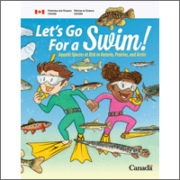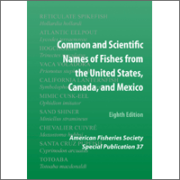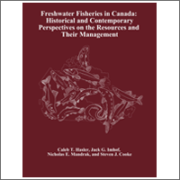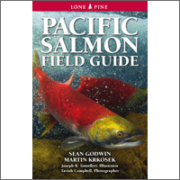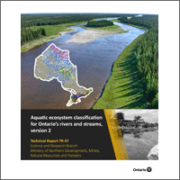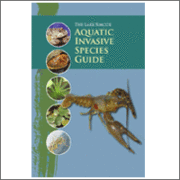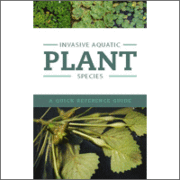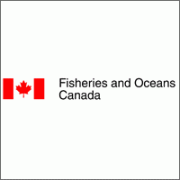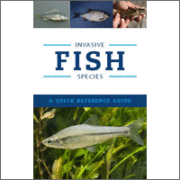Let’s Go for a Swim! Aquatic Species at Risk in Ontario, Prairies and Arctic
Let’s Go for a Swim! Print and colour some aquatic species at risk in Ontario, Prairies and Arctic, including Grass Pickerel, Spotted Gar, Lake Sturgeon, Redside Dace, Bigmouth Buffalo, and more.
Aquatic Species at Risk Ontario, Prairies, and Arctic
The Ontario and Prairie Region of Fisheries and Oceans Canada (DFO) includes Alberta, Saskatchewan, Manitoba, and Ontario, while the Arctic Region includes the Yukon North Slope, Northwest Territories, Nunavut, Nunavik, Nunatsiavut, and Hudson and James Bay. This boundary is inclusive of Inuit Nunangat. The purpose of Canada’s Species at Risk Act (SARA) is to conserve, protect and recover Endangered or Threatened species, and to encourage the management of species of Special Concern to prevent them from becoming further at risk. The Act aims to prevent indigenous species from becoming extirpated or extinct and preserve biodiversity within Canada.
Not all aquatic species at risk in Canada are shown in this book. For more information, including critical habitat and distribution data for all aquatic species listed under SARA, check out DFO’s National Aquatic Species at Risk Map.

